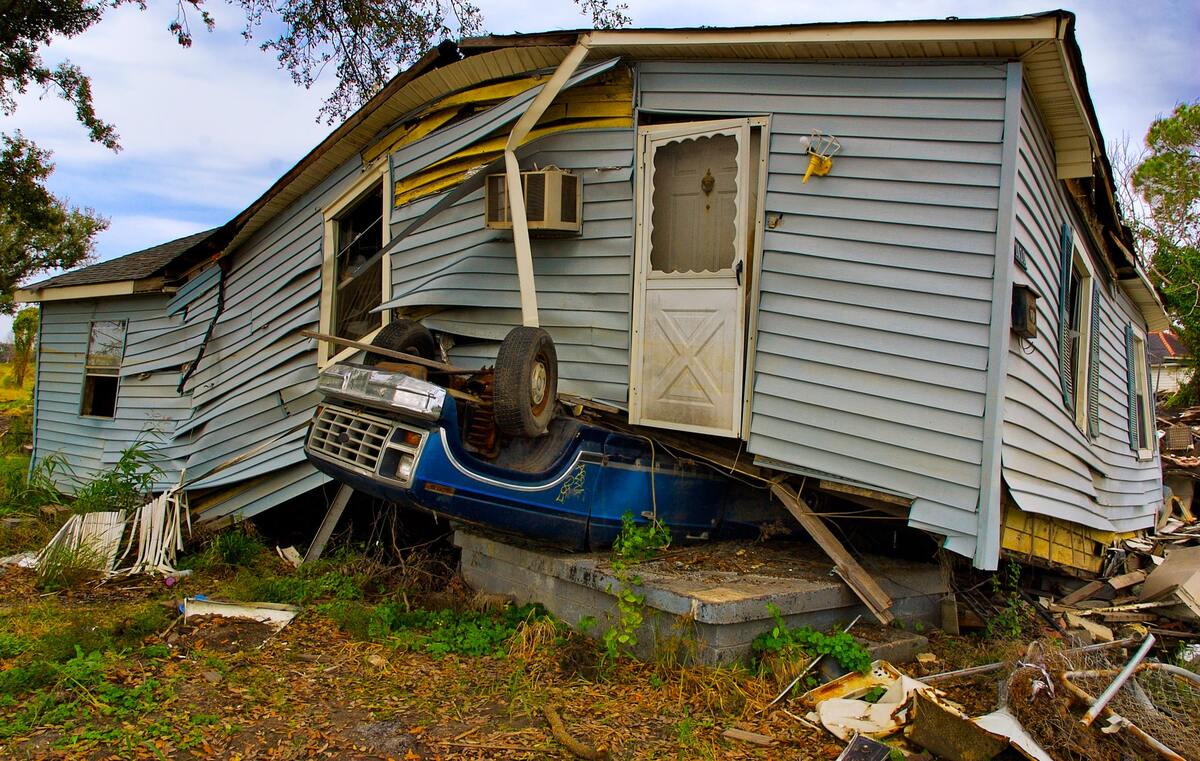Planning for Disaster: How Resilience Can Be Built into Design

The construction industry is looking for ways to adapt to the changing climate. Because of this, builders search for structure stabilization features and long-lasting materials to reduce waste. Construction professionals can create storm-resistant and resilient buildings to prevent damage.
Individuals must plan for more frequent and intense storms as global temperatures rise. Engineers and climate professionals can work together to identify the best resilience features, developing long-lasting buildings to minimize material waste and improve sustainability.
What is Resilient Design?
Professionals developed resilient construction designs to protect properties against climate change effects. The designs minimize damage from extreme storms and other external threats. They focus on realistic solutions to rising sea levels, power outages and resource exploitation to make them resistant to wear.
Construction professionals can create resilient structures in low-impact regions, developing buildings in dry and stable environments to decrease weather-related damage. Most robust designs are also self-sufficient and have small carbon footprints.
Why is Resilient Design so Important?
Resilient construction is more important now than ever before. The climate is continuously changing as humans emit more greenhouse gases into the atmosphere. Warmer global temperatures cause sea levels to rise.
Sea levels nearly doubled through the 20th century, increasing coastal properties’ risks of flooding. Climate change also increases ocean temperatures, which causes stronger storms.
The intensity and frequency of storms are growing and causing more property damage. Builders can use resilient design features to protect structures from degradation. Strong storm-resistant homes can keep residents safe and healthy.
1. Alternative Energy Sources
Commercial property owners may prefer using renewable energy supplies, as power outages can cost businesses money in downtime. Alternative energy sources can help them in the event of a significant loss of power.
Engineers design solar panels to withstand hail, rain and snowstorms. Photovoltaic panels can also produce electricity during storms when humans cannot see the sun. Residents with solar power may receive electricity through storms as others experience outages.
Builders can also connect structures to on and offshore wind turbines. Wind turbines produce the most electricity during storms. High wind speeds increase electricity production and distribution.
2. Weather Resistant Windows
Professionals can also use weather-resistant windows to create stronger structures. Vinyl window frames prevent ultraviolet rays from degrading the material. Preserving window frames over time can help keep water and outside air from traveling inside.
Designers can also add more windows throughout a building to achieve a passive design. Passive structures rely on natural energy sources instead of electricity or fossil fuels, increasing energy efficiency and sustainability.
3. Smart Appliances
Individuals may also improve a building’s resilience by installing smart appliances. Power outages after Hurricane Katrina contributed to heatstroke and other adverse health conditions. Builders can ensure solar power’s support for heating, ventilation and air conditioning systems by increasing their energy efficiency.
Smart thermostats connect to a structure’s HVAC systems and regulate energy use. They use the internet of things to access real-time weather predictions and adjust indoor temperatures. Then, the thermostats can automatically turn on or off depending on the data.
Individuals can also install smart sprinklers to decrease freshwater exploitation. Smart sprinklers optimize smaller water supplies and may help individuals meet agricultural demands after natural disasters. Designers can connect the sprinklers to water reclamation systems and access clean drinking water after storms.
4. Rainwater Harvesting Systems
Another design feature is a rainwater harvesting system. The systems collect and recycle rainwater and snowmelt. They collect runoff in barrels and filter it through advanced purification devices.
Residents can use reclaimed stormwater for bathing, cleaning and consuming. They may also directly filter stormwater to irrigation systems before purifying it to save energy.
5. Elevated Properties
As sea levels rise, residents may experience more flooding, material rotting and evacuation demands. Evaluating the site of construction becomes critical for emergency management; photogrammetry technology allows planners to design strategies for floodwater management, grading and landscaping and preparation techniques. Using modern technology, grading land and elevating properties can go a long way in helping residents stay safe in natural disasters.
Some builders are designing unique flood-prevention features to protect residential and commercial properties. A designer for the Beach at Expedia Group’s headquarters created gravel dunes leading to an amphitheater. The construction feature also contains a bioretention meadow to purify runoff before reaching the water.
Protecting Residents Through Natural Disasters
Residents can protect themselves and their families through high-intensity storms and other natural disasters by investing in resilient properties. They may also increase their safety by creating a disaster-response plan. Property owners can hire inspectors to assess the stability and efficiency of their homes’ materials.
Individuals may repair material damage before hurricane season to increase residential safety. Designers can also construct disaster-resistant rooms in homes for residents to retreat to. Understanding a property’s safety features can help individuals protect themselves during disasters.



